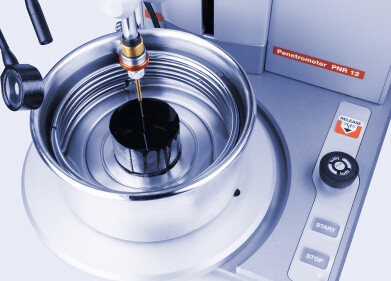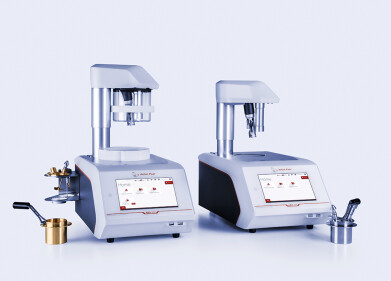Measurement and testing
Student uses graphene to create new sensor for hazardous gases
Mar 15 2012
A student from the Rensselaer Polytechnic Institute, New York, has harnessed the power of graphene material to create a new sensor for small quantities of hazardous gases.
Fazel Yavari, who is a doctoral student at the Institute, has made the new durable, sensitive and inexpensive device using the power of the world's thinnest material, graphene. This could revolutionise devices currently used by bomb squads, defence and law enforcement officials, as well as in industrial settings.
Nanostructure-based gas detectors have previously struggled in the market, and this device overcomes many of the shortcomings associated with this technology. Current gas sensors used for emission detection are bulky and expensive, which significantly hinders their use in most applications given that they are not sensitive enough to detect trace amounts of gases.
Being able to detect these trace gases is of utmost importance in several industries, particularly in relation to health and safety. However, nanomaterials such as graphene are highly sensitive to chemical changes, which makes them ideal for this kind of detection.
Posted by Joseph Hutton
Digital Edition
PIN 25.6 Buyers' Guide
January 2025
Buyers' Guide Directory - Product Listings by Category - Suppliers Listings (A-Z) Articles Analytical Instrumentation - ASTM D7042: The Quantum Leap in Viscosity Testing Technology -...
View all digital editions
Events
Jan 20 2025 San Diego, CA, USA
Jan 22 2025 Tokyo, Japan
Jan 25 2025 San Diego, CA, USA
SPE Hydraulic Fracturing Technology Conference and Exhibition
Feb 04 2025 The Woodlands, TX, USA
Feb 05 2025 Guangzhou, China


















